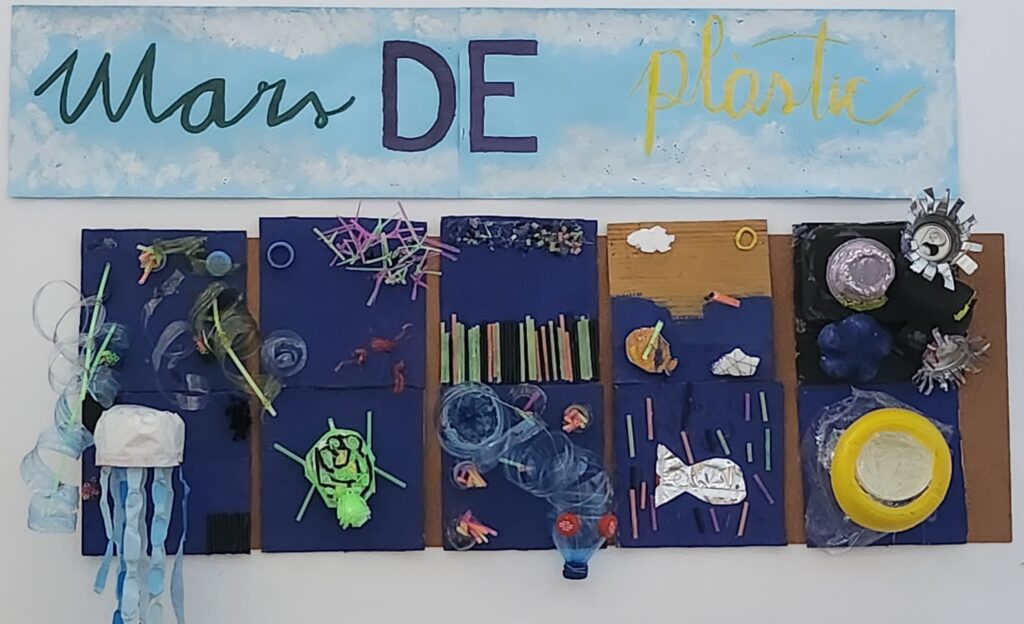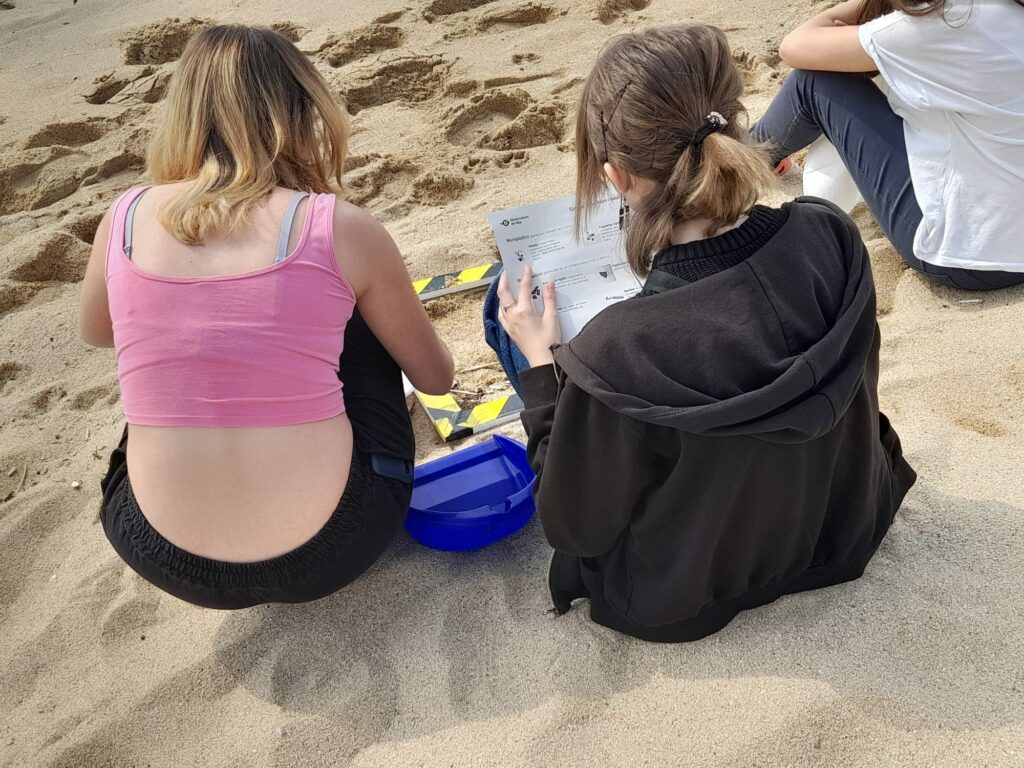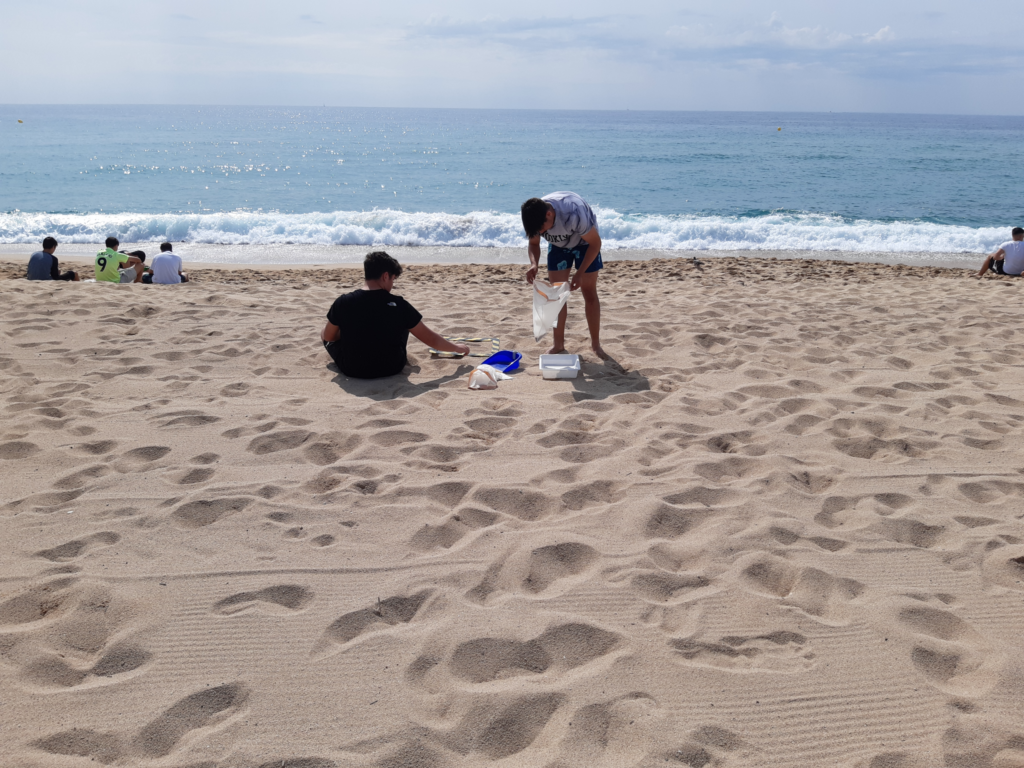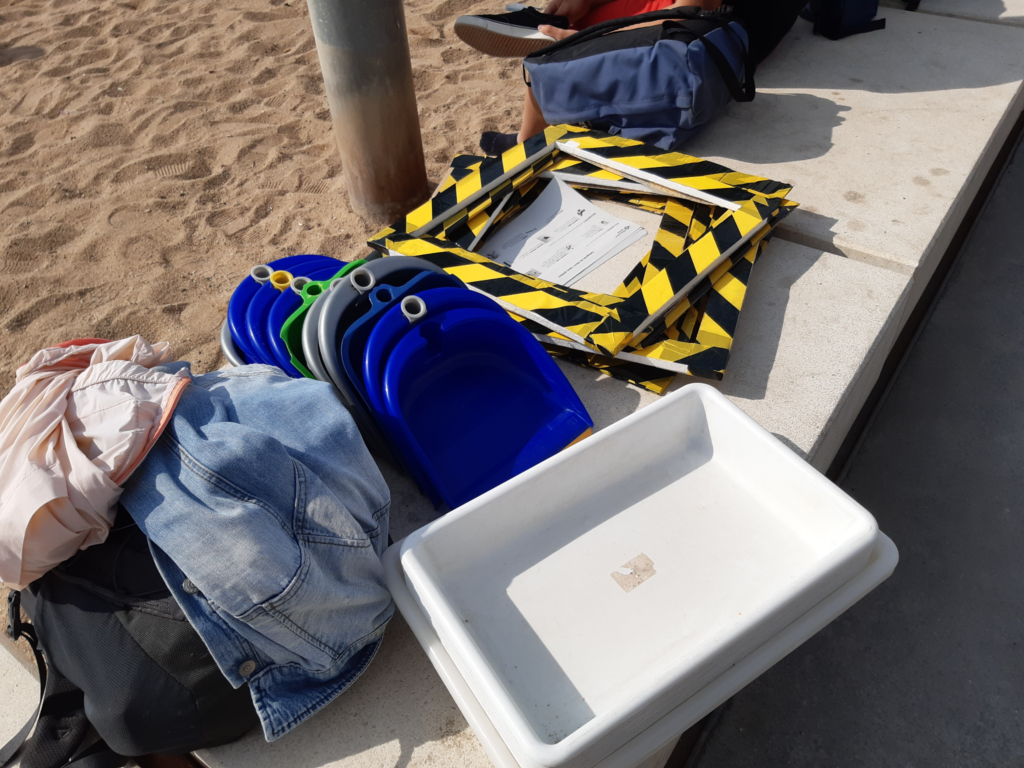Microplastic Demonstrator

Microplastics pose a significant threat to our waterways, representing a persuasive environmental issue with far-reaching consequence. These minuscule plastic particles, typically measuring less than 5 millimeters in size, are derived from various sources such as plastic debris breakdown, microbead in personal care products and fibers from synthetic textiles. As these tiny particles make their way into our rivers, lakes, and oceans, they introduce a range of detrimental effects on marine organisms and surrounding environment.



Measuring the level of microplastics on our beaches is one way to monitor their levels in our local areas. The objective of the microplastics demonstrator is to raise students’ aware of the issue of microplastics in our waterways, enabling them to investigate this emerging phenomenon and gain a deeper understanding of the problem following the scientific method. By understanding the issue of microplastics in our waterways, students can take steps in their personal lives and within their families and communities to minimize their plastic consumption. The microplastics activity comprises ten units, each of which can be tailored to an individual school’s curriculum and involves a field trip as well as classroom and laboratory work. At the end of the activity, students have the option to create an artistic representation of the work that they carried out on the beach to help further raise awareness of microplastics.
Read our blog articles to know more:
